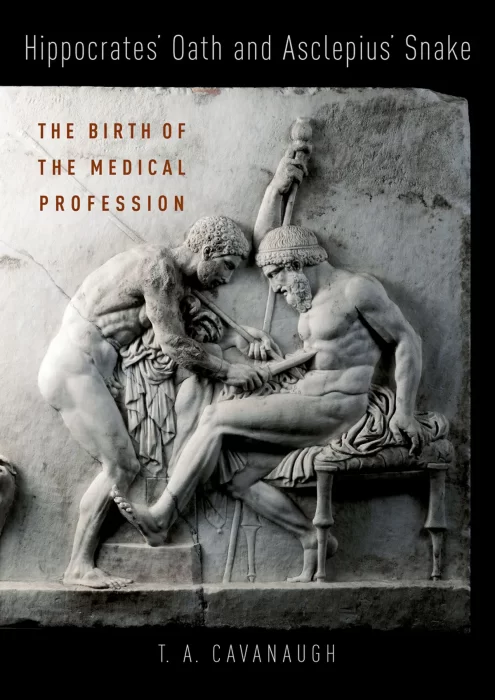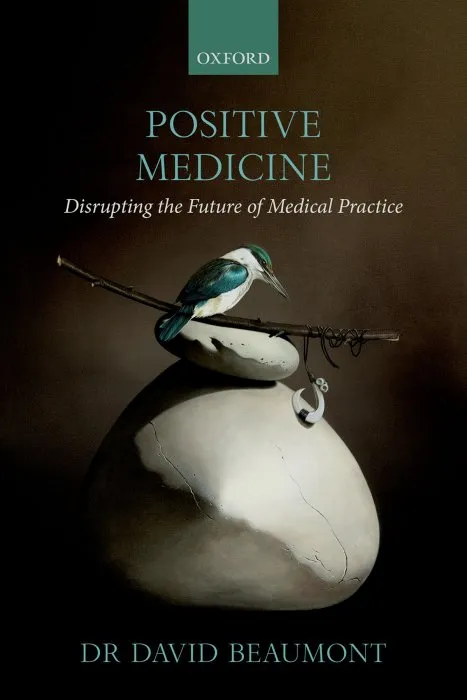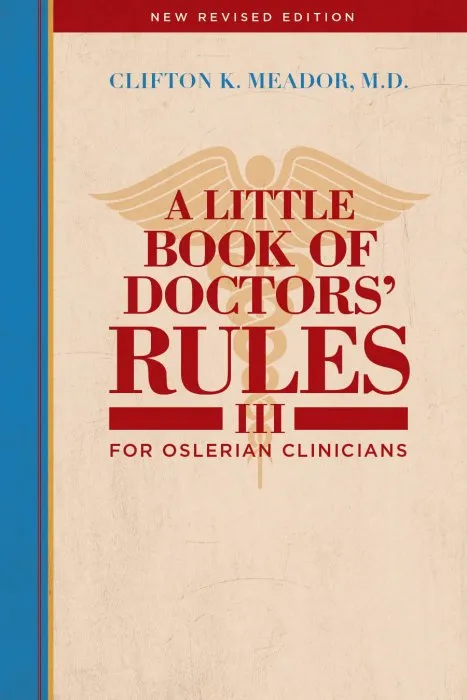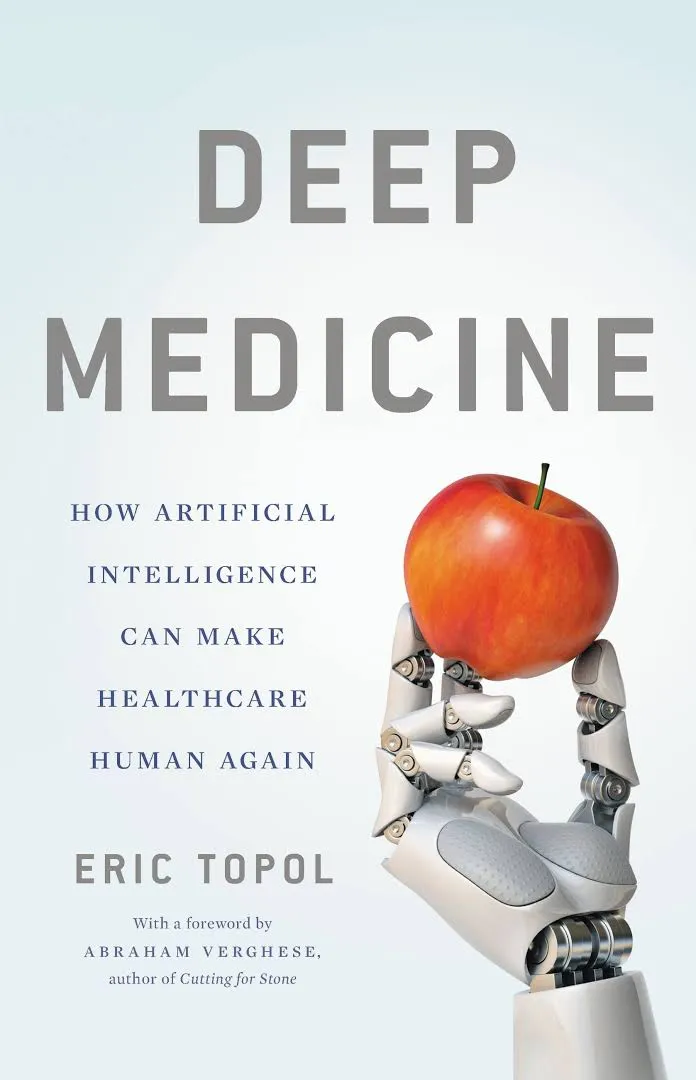A Migraine in Room 3, a Stroke in Room 4: A Physician Examines His Profession

Date: October 15th, 2018
ISBN: 1543956602
Language: English
Number of pages: 224 pages
Format: EPUB
Add favorites
"A Migraine in Room 3, A Stroke in Room 4; A Physician Examines His Profession," written by Dr. Paul Schanfield, a clinical neurologist and medical educator, endeavors to rekindle the commitment to the human side of medicine by emphasizing patient-centered care. While the book is poignant and engaging, instructive and informative, it is at times charming and humorous.
The book is written for the education of medical students, residents and fellows training to become clinicians. It is a valuable resource for all practicing medical professionals and will be informative and enjoyable to anyone interested in medicine today.
Healthcare in America is in crisis. Rapidly increasing costs, highly variable medical outcomes, widespread dissatisfaction of both patients and doctors, and a reliance on a corporate business model are symptoms of the crisis. This book clarifies the system's failures, while emphasizing the necessity for physicians to treat patients as individual human beings in need, not as medical problems or vessels of disease. Only with a return to this fundamental concept of care can the crisis be appropriately addressed.
The physician-patient interaction provides medicine with heart and meaning. Perfecting this communication improves the health of the patients, while enhancing both patient and physician experience. The system's primary focus must return to the patients in need rather than on medical problems. A migraine is not in room 3. A stroke is not in room 4. People are in rooms 3 and 4.
"A Migraine in Room 3" distinctively addresses the practice of clinical medicine in three interconnected ways. The book begins with a comprehensive analysis of the flaws in today's healthcare system, which is currently preoccupied with the demands of a corporate business and intense insurance/government oversight. The resulting time-intensive emphasis on insurance coverage, documentation demands, and complex coding requirements has eroded the human intimate physician-patient contract as mandated by the Hippocratic Oath. In addition, the book distinctly exposes multiple myths being propagated to alleviate patient unease and physician unhappiness with the system.
Second, the book identifies the clinical skills a physician needs to succeed as a clinician, including the acquisition of knowledge, evolution of clinical judgment, and the development of social-emotional mindfulness. This review is followed by an indepth outline of the author's philosophy of medical education, which has earned him numerous teaching awards.
Third, the reader is treated to a unique treasure trove of patient quotes and vignettes concerning life, family and work, carefully recorded as Dr. Schanfield's patients faced illness and living with disability, aging, and impending death. The reader is allowed to hear the actual words spoken by people in need as they shared their life stories and health concerns with their physician. Some are laced with wisdom and wit, humor, fear, hopelessness, optimism and strength. While these patient stories add charm and humor to the manuscript, they are a testament to the fundamental importance of individualizing care of human beings in healthcare.
"A Migraine in Room 3" concludes with a "top ten" list of steps to be taken to improve our healthcare system by fundamentally returning the primary focus to the patient in need:
1. Treat human beings, not medical problems
2. Emphasize physician social-emotional skills
3. Increase meaningful physician-patient face time
4. Strengthen all forms of healthcare collaboration
5. Decrease healthcare fragmentation
6. Ease the physician burden of…
The book is written for the education of medical students, residents and fellows training to become clinicians. It is a valuable resource for all practicing medical professionals and will be informative and enjoyable to anyone interested in medicine today.
Healthcare in America is in crisis. Rapidly increasing costs, highly variable medical outcomes, widespread dissatisfaction of both patients and doctors, and a reliance on a corporate business model are symptoms of the crisis. This book clarifies the system's failures, while emphasizing the necessity for physicians to treat patients as individual human beings in need, not as medical problems or vessels of disease. Only with a return to this fundamental concept of care can the crisis be appropriately addressed.
The physician-patient interaction provides medicine with heart and meaning. Perfecting this communication improves the health of the patients, while enhancing both patient and physician experience. The system's primary focus must return to the patients in need rather than on medical problems. A migraine is not in room 3. A stroke is not in room 4. People are in rooms 3 and 4.
"A Migraine in Room 3" distinctively addresses the practice of clinical medicine in three interconnected ways. The book begins with a comprehensive analysis of the flaws in today's healthcare system, which is currently preoccupied with the demands of a corporate business and intense insurance/government oversight. The resulting time-intensive emphasis on insurance coverage, documentation demands, and complex coding requirements has eroded the human intimate physician-patient contract as mandated by the Hippocratic Oath. In addition, the book distinctly exposes multiple myths being propagated to alleviate patient unease and physician unhappiness with the system.
Second, the book identifies the clinical skills a physician needs to succeed as a clinician, including the acquisition of knowledge, evolution of clinical judgment, and the development of social-emotional mindfulness. This review is followed by an indepth outline of the author's philosophy of medical education, which has earned him numerous teaching awards.
Third, the reader is treated to a unique treasure trove of patient quotes and vignettes concerning life, family and work, carefully recorded as Dr. Schanfield's patients faced illness and living with disability, aging, and impending death. The reader is allowed to hear the actual words spoken by people in need as they shared their life stories and health concerns with their physician. Some are laced with wisdom and wit, humor, fear, hopelessness, optimism and strength. While these patient stories add charm and humor to the manuscript, they are a testament to the fundamental importance of individualizing care of human beings in healthcare.
"A Migraine in Room 3" concludes with a "top ten" list of steps to be taken to improve our healthcare system by fundamentally returning the primary focus to the patient in need:
1. Treat human beings, not medical problems
2. Emphasize physician social-emotional skills
3. Increase meaningful physician-patient face time
4. Strengthen all forms of healthcare collaboration
5. Decrease healthcare fragmentation
6. Ease the physician burden of…
Download A Migraine in Room 3, a Stroke in Room 4: A Physician Examines His Profession
Similar books
Information
Users of Guests are not allowed to comment this publication.
Users of Guests are not allowed to comment this publication.




